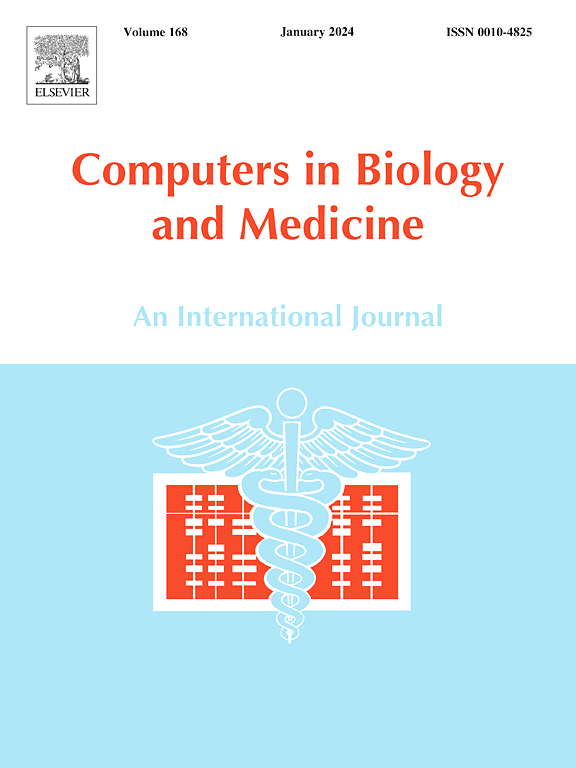Enhancing visual speech perception through deep automatic lipreading: A systematic review
IF 7
2区 医学
Q1 BIOLOGY
引用次数: 0
Abstract
Communication involves exchanging information between individuals or groups through various media sources. However, limitations such as hearing loss can make it difficult for some individuals to understand the information delivered during speech communication. Conventional methods, including sign language, written text, and manual lipreading, offer some solutions; however, emerging software-based tools using artificial intelligence (AI) are introducing more effective approaches. Many approaches rely on AI to improve communication quality, with the current trend of leveraging deep learning being a particularly effective tool. This paper presents a comprehensive Systematic Literature Review (SLR) of research trends in automatic lipreading technologies, a critical field in enhancing communication among individuals with hearing impairments. The SLR, which followed the Preferred Reporting Items for Systematic Literature Review and Meta-Analysis (PRISMA) protocol, identified 114 original research articles published between 2014 and mid-2024. The essential information from these articles was summarized, including the trends in automatic lipreading research, dataset availability, task categories, existing approaches, and architectures for automatic lipreading systems. The results showed that various techniques and advanced deep learning models achieved convincing performance to become state-of-the-art in automatic lipreading tasks. However, several challenges, such as insufficient data quantity, inadequate environmental conditions, and language diversity, must be resolved in the future. Furthermore, many improvements have been made to the deep learning models to overcome these challenges and become a massive solution, particularly for automatic lipreading tasks in the near future.

求助全文
约1分钟内获得全文
求助全文
来源期刊

Computers in biology and medicine
工程技术-工程:生物医学
CiteScore
11.70
自引率
10.40%
发文量
1086
审稿时长
74 days
期刊介绍:
Computers in Biology and Medicine is an international forum for sharing groundbreaking advancements in the use of computers in bioscience and medicine. This journal serves as a medium for communicating essential research, instruction, ideas, and information regarding the rapidly evolving field of computer applications in these domains. By encouraging the exchange of knowledge, we aim to facilitate progress and innovation in the utilization of computers in biology and medicine.
 求助内容:
求助内容: 应助结果提醒方式:
应助结果提醒方式:


